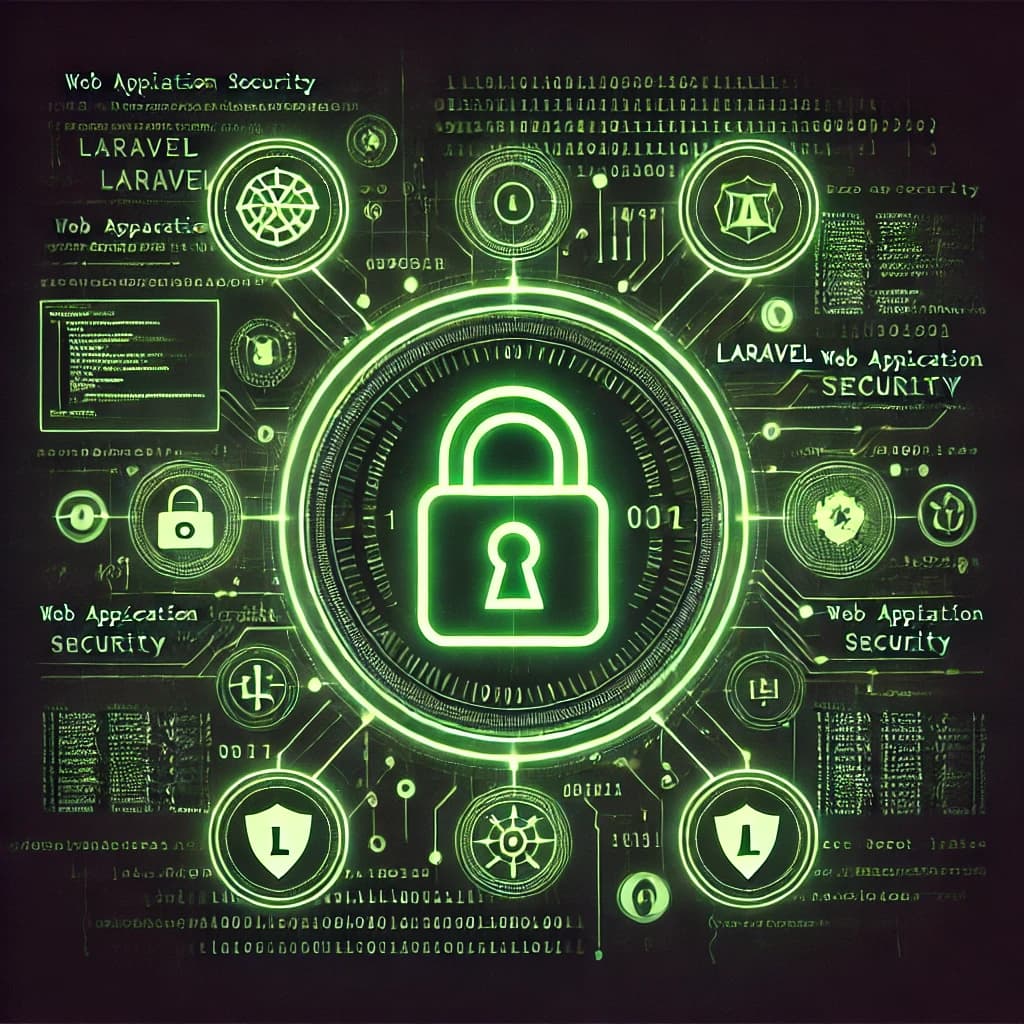How to Secure Your Laravel Application
Securing your Laravel application is crucial for protecting data and avoiding cyber threats. From securing environment files to enforcing HTTPS and implementing strong authentication, following best practices helps safeguard your application.

Introduction to Laravel Security
Understanding Laravel security basics is crucial. This includes preventing SQL injection, XSS, and CSRF attacks while ensuring secure authentication and authorization.
Keep Laravel Updated
Run the following command regularly to stay up-to-date:
composer updateProtecting Your .env File
Set strict permissions and keep it out of version control:
chmod 600 .env
echo ".env" >> .gitignoreForce HTTPS in Laravel
// In AppServiceProvider.php
use Illuminate\Support\Facades\URL;
public function boot()
{
if (config('app.env') === 'production') {
URL::forceScheme('https');
}
}Secure Authentication
- Use bcrypt or Argon2 for password hashing
- Enable multi-factor authentication
- Implement rate limiting for login attempts
Database Security Best Practices
- Use prepared statements to prevent SQL injection
- Restrict DB user privileges
- Enable SSL/TLS for database connections
Implementing API Security
- Use Laravel Passport or JWT authentication
- Apply rate limiting and throttling
- Always use HTTPS for API requests
Cross-Site Scripting (XSS) Prevention
- Validate and sanitize user input
- Escape output using Laravel Blade’s
{{ }} - Use Content Security Policy (CSP) headers
CSRF Protection
Laravel includes CSRF protection by default. All forms automatically include a CSRF token to validate requests.
Backup Your Laravel Application
composer require spatie/laravel-backupRegular Security Maintenance
- Apply patches and updates promptly
- Run dependency vulnerability scans
- Monitor logs for suspicious activities
Conclusion
Securing a Laravel application requires consistent effort. By protecting environment files, enforcing HTTPS, strengthening authentication, and updating dependencies, you can keep your Laravel apps safe from cyber threats.
Frequently Asked Questions
Related Articles You May Like
- Laravel API Example: Creating Efficient Endpoints
Laravel • Advanced
- Laravel Tips and Tricks: Hidden Features Most Developers Miss
Laravel • Advanced
- How to Debug Laravel SQL Queries in API Requests: A Developer's Guide
Laravel • Intermediate
- Setting Up Gmail SMTP in Laravel: A Comprehensive Guide
Laravel • Intermediate
- Mastering Laravel Login System: A Comprehensive Guide
Laravel • Intermediate
- Understanding Laravel Directory Structure: A Beginner's Guide
Laravel • Beginner